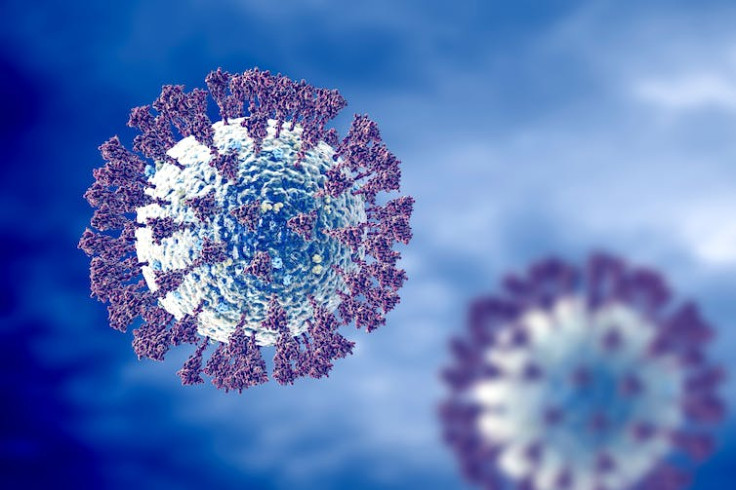First Human Case Of New Swine Flu Strain Detected In UK
The health authorities are investigating how the person in question came to be infected with the virus.

The first-ever human case of H1N2, a new form of swine flu, has been detected in the UK, per the national health agency.
It was detected during a routine test at a GP surgery in North Yorkshire. The person had respiratory symptoms and a mild illness.
According to the UK Health Security Agency, the case is not genetically related to the previous similar cases detected in other parts of the world. Globally, as many as 50 cases of swine flu have been found in the last 20 years. The UKHSA may increase surveillance in parts of North Yorkshire.
"We are working rapidly to trace close contacts and reduce any potential spread," the BBC quoted Meera Chand, the agency's incident director.
"In accordance with established protocols, investigations are under way to learn how the individual acquired the infection and to assess whether there are any further associated cases".
According to a report in The Guardian, the person who was infected with the virus has now recovered. They did not work with any pigs. The health authorities are investigating how they came to be infected with the virus.
Meanwhile, Chief Veterinary Officer Christine Middlemiss has advised pig owners to report any signs of swine flu they might witness in their herd.
"We know that some diseases of animals can be transferred to humans – which is why high standards of animal health, welfare and biosecurity are so important," she said.
"Through our animal and human surveillance systems we work together to protect everyone. In this case, we are providing specialist veterinary and scientific knowledge to support the UKHSA investigation. Pig keepers must also report any suspicion of swine flu in their herds to their local vet immediately," Middlemess further stated.
Swine flu, also known as H1N1 type A influenza, is a disease transmitted between people. The virus, which originally jumped to humans from the pigs in which it evolved, is termed a "reassortant," carrying a mix of genes from swine, bird, and human flu viruses.
The H1N1 influenza virus was first detected in 2009, when it spread rapidly around the globe after being first identified in Mexico. The US Centres for Disease Control (CDC) estimates that the global death toll from the 2009 pandemic was more than 284,000. The three subtypes of swine flu include H1N1, H3N2, and H2N2.
Symptoms and prevention:
Coughing, sneezing, body ache, fever, chill, fatigue, diarrhoea, vomiting, restlessness, a sore throat, and a runny nose are some common symptoms. Severe bilateral pneumonia that leads to sepsis and multi-organ failure, often leading to death, is also a complication that can arise.
Flu medications such as oseltamivir (Tamiflu), zanamivir (Relenza), and peramivir (Rapivab) are used in treating swine flu. The first 48 hours after the onset of flu symptoms are, however, critical for the effective use of these medications.
Swine flu is contagious and spreads through saliva and mucus spilled into the air when coughing or sneezing. It can also spread by touching contaminated surfaces and then touching one's eyes or nose.
The best way to protect against swine flu is to get vaccinated. A trivalent influenza vaccine that gives protection against H1N1, H3N2, and Influenza B is available. The vaccine takes at least two weeks to develop immunity and provides about 60–80% protection for nearly a year. Getting vaccinated every winter is necessary, as the virus is believed to keep mutating.
Normal precautions like washing hands frequently, taking care to keep distance when around sick people, and isolating sick people are also advised. A good dose of sunlight and a diet containing vitamin D, such as mushrooms, egg yolks, sardines, or fortified milk products, could keep swine flu at bay, research has found.
© Copyright IBTimes 2025. All rights reserved.






















